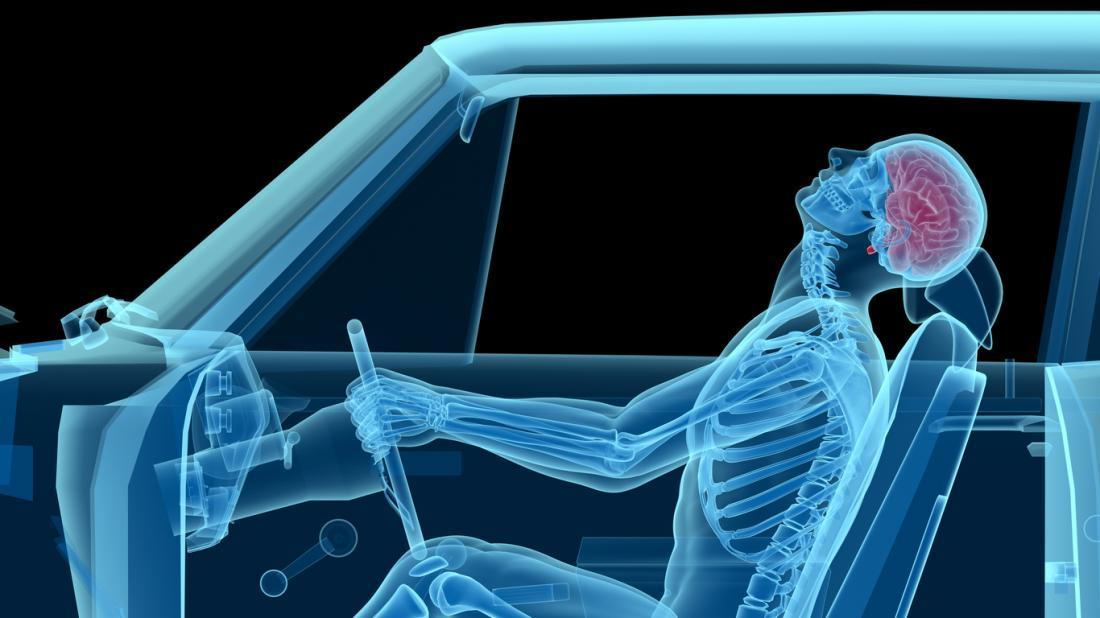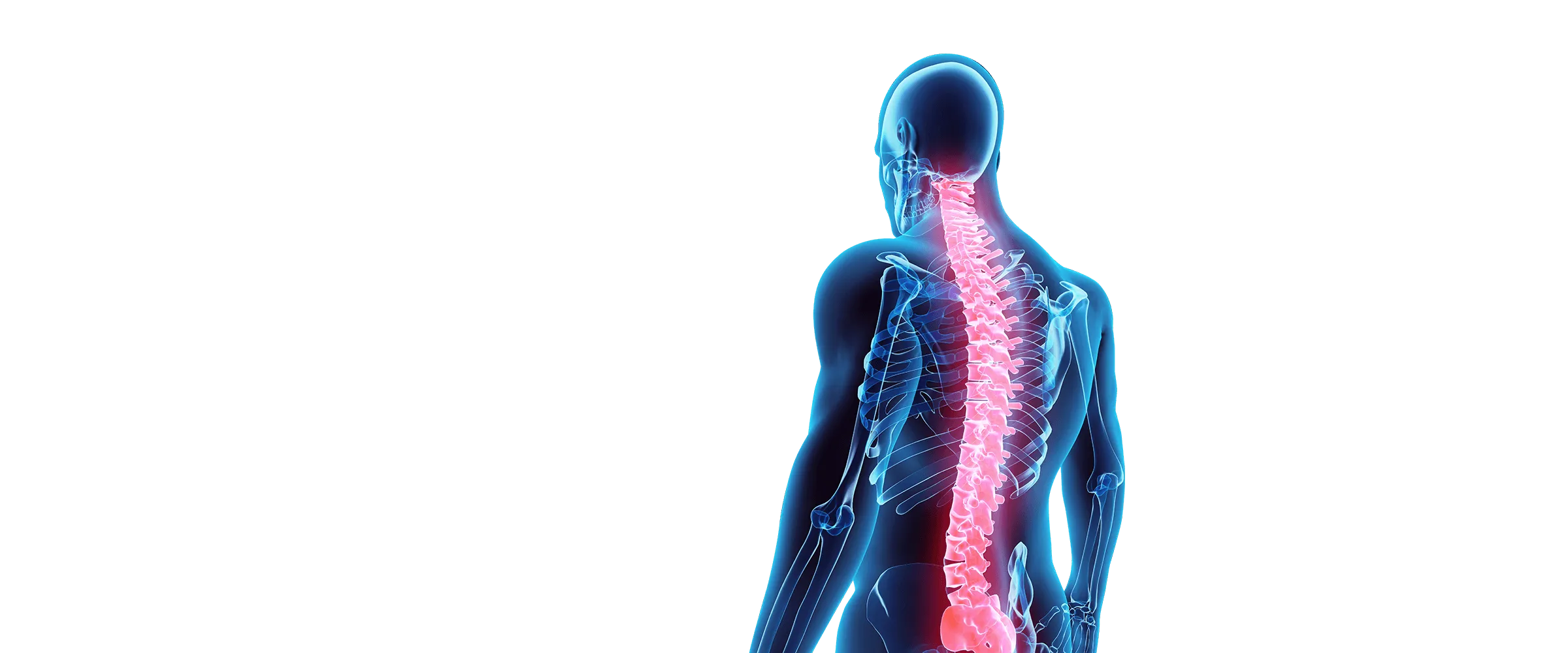The 8 Key Factors Influencing the Severity of Whiplash Injuries

- posted: Jul. 04, 2020
After a car accident, many people are left shocked, scared, and in the worst cases, physically injured. Accidents happen quickly, and can leave people feeling lost and wondering “what do I do now?” As if the financial burden of a car accident isn’t enough, victims are left questioning how long they will have to receive treatment for their injures, why they are in SO much pain, and when this pain will start to improve. The answer to these questions is not always simple and will vary from person to person. So, to help my patients better understand the reason behind their pain and provide them hope for the future, I will discuss the eight key factors that contribute to the severity of each auto accident.
The 8 Key Factors Influencing the Severity of Whiplash Injuries
Number One: Rear end collisions are the most serious and most common type of auto accidents. An “acceleration/deceleration injury” is any injury you sustain after your head and neck are whipped from behind in an accident. The sudden backward movement (extension) and forward movement (flexion) can cause the joints of the neck to be injured and can also cause the muscles and ligaments of the neck and upper back to be over-stretched. The neck is particularly vulnerable to this type of injury because of its ability to move in many directions. Research shows that these types of injuries can cause serious damage to muscles, ligaments, tendons, and spinal discs and can lead to future complications and chronic pain.
Number Two: In Rear end collisions, victims are often unaware that they are about to be in an accident because they literally “do not see it coming”. The suddenness of these accidents does not give the person involved any time to brace themselves, which means there is a lack of protection or “muscle guarding” to help protect the body during impact. This lack of protection can cause much more serious injuries to the spine, ligaments, tendons, and discs. Research shows that the anticipation and making your neck tense/stiff gives you the ability to tolerate more of a impact.
Number Three: Driving involves lots of movement and rotation of the head, neck, and body. Between looking at side and rear-view mirrors, monitoring other drivers, and navigating their trip, it is probable that a victim’s head will be turned to one side during the time of collision in an accident. This type of impact can cause nerve compression and irritation especially to the side the head is turned to, as well as severe damage to the small side joints (facets) of the neck. This nerve compression can compromise the size of the “foramina holes” which allow for the nerves to connect one part of the body to the other, sort of like a door or pathway of communication. For example, compression in the foramina holes in the neck area due to disc bulge, inflammation or even arthritis, will affect one’s ability to use the arms and hands, because the communication between these two areas will be obstructed or pinched which can cause shoulder and arm pain, numbness and tingling in the hands.
Number Four: Many researchers have found that females are at higher risk for whiplash injury than males. This is due to a difference in the muscle and joint structures and strength in the female anatomy vs. the male anatomy. Research also shows that smaller body mass increases neck acceleration causing more injury coupled with a more upright back rest of approximately 3 degrees increases the likelihood of injuries that occur in the cervical spine or neck area.
Number Five: If someone who is in an accident has a pre-existing condition such as a disc bulge or degenerative arthritis and not even know or have pain in that area, they may experience a symptomatic” or painful injury as a result.
Picture a chain with a weak link, where the spinal cord is the entire chain itself and the weak link is any pre-existing condition. When an accident occurs, the weakest link will be compromised or injured first, causing a flare-up or pain in this pre-existing area. More simply put, the old arthritic condition can cause more serious injury to the weakened link in the neck or back where the tissues become inelastic, easily torn and damaged.
Number Six: Any member of the population that suffers from a health condition such as diabetes, cancer, hypertension, or osteoporosis could possibly face a longer and harder recovery than someone who does not. The complication of a health condition will slow the healing process of any new injures on damaged tissues since the body is already fighting other conditions and in many cases healing is not as effective or strong as some who is healthier. In these cases, I just tell my patients to be “patient” and we will see how the healing takes, because I cannot predict how quickly you recover or if you will fully recover.
Number Seven: Age is an especially important factor when it comes to the severity of injuries as well as recovery time. If a teenager is involved in an auto accident, their ability to heal or “bounce back” is a lot better than if that same person’s grandparents were in the same accident. This could be due to anything from arthritis weakening the muscles to and the normal age degeneration process. I tell any of my patients who are in their “Golden Years” that it is going to take a bit longer for their body to heal.
Number Eight: Car accidents can appear in all different shapes and sizes. An accident could be as simple as a 20 MPH fender bender to the car in front of you, or as devastation as hitting a guardrail at 60 MPH. One sounds much worse than the other, but they can both cause serious injuries to your neck and spine depending on the specific conditions of the accident. Research also shows that the amount of damage to a car bears little relationship to the forces applied to the cervical spine and to the injury sustained by the cervical spine. Many of the forces of the impact go thru the spine causing the quick or whipping movement of the neck maximizing your injury.
Additionally, it is particularly important for people to wear a seatbelt. This will prevent further injury in any accident, and especially in more serious accidents when not wearing a seatbelt can result in ejection from the car itself.
So, there you have it… the eight key factors that explain different levels of injury and recovery. Refer to these anytime you have been in an accident so that you may understand your pain better and know what to expect during recovery and treatment. I recommend conservative chiropractic adjustments, physical therapy exercises and muscle massage to ensure the recovery and healing process run as quickly and smoothly as possible. As always, if you have any questions please do not hesitate to call or email, and I will try to help you with any questions. Thanks for reading, Dr. Joe


